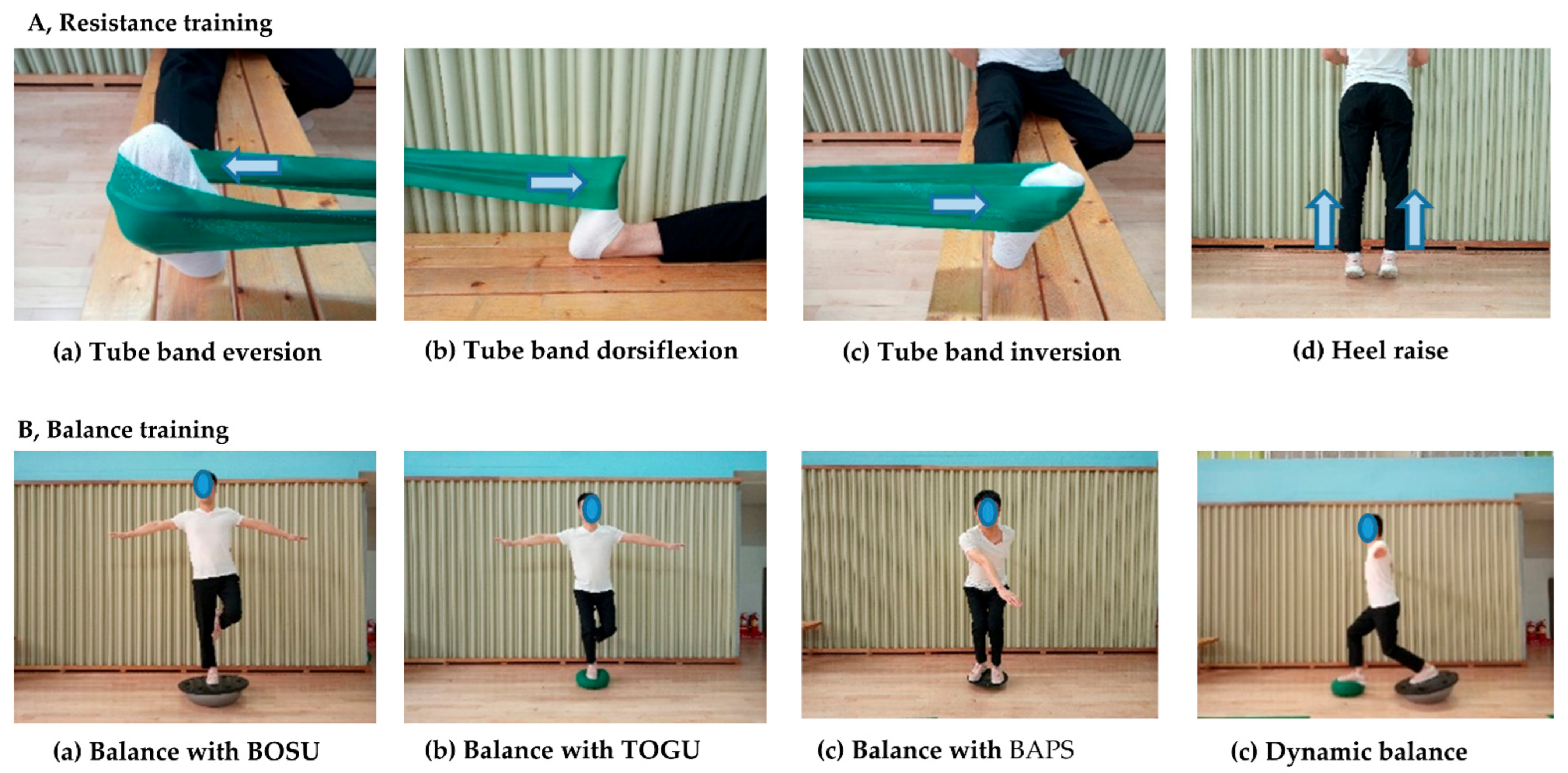
The role of intra‐abdominal pressure regulation (IAP) & integrated spinal stabilizing system (ISSS) in functional spinal stability The disturbed muscle coordination, soft tissue, and joint development subsequently alters joint position, morphological development, and ultimately, the entire posture. This relationship is very apparent in the presence of a CNS lesion, where this developmental synchrony and muscle coordination are adversely affected. In short, maturation of the brain influences development of motor patterns, which in turn, influences structural development. There is also a strong synchrony between CNS maturation and structural or anatomical development of bones, muscles, and other soft tissues. All these movement patterns or muscular synergies occur automatically in a specific developmental sequence throughout the course of CNS maturation. For example, an infant does not need to be taught when and how to lift its head up, grasp a toy, roll over, creep, or crawl. DK emphasizes the existence of central movement patterns that are inborn and “hard‐wired”.


These motor patterns or programs are formed as the central nervous system (CNS) matures, enabling the infant to control posture, achieve erect posture against gravity, and to move purposefully via muscular activity. The basis for the theories that are included in DK is that development of human motor function in early childhood is genetically pre‐determined and follows a predictable pattern.


 0 kommentar(er)
0 kommentar(er)
